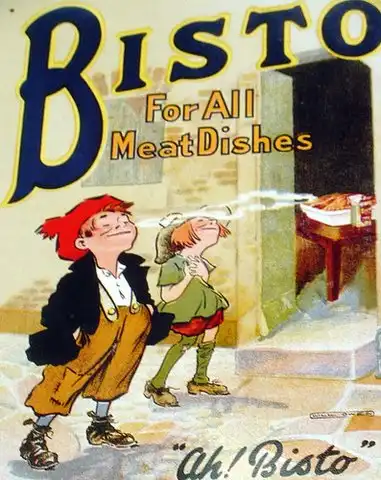Sunday Roast

By Rob Curran
Mention the Sunday Roast to an American and they will prolly envision a claret-quaffing Downton Abbey type with their thumbs in their smoking jacket and a hunting dog trotting along at their side.
It’s a bit more complicated than that. The Sunday roast (classically a chicken or leg of lamb or some such substantial and crispy cut of meat cooked in a large oven pan alongside potatoes and vegetables) was an aspirational dish for most of the 20th century. The entrancing smell of the roast spread from the great houses to the homes of the middle and working classes little by little. The emergence of Bisto, an instant gravy mixture whose logo was a young man transmuted to a levitating, jellied version of himself by a cloud of roasted-meat fumes, sealed the arrangement. That smell of chicken drippings was what greeted my sisters, brother and I – and most of our peers – when we returned from Sunday mass. If you walked back from the church, the streets were paved with the toasty fumes of chicken and the piquant smell of Brussel sprouts. Some Sundays, there must have been warnings down in Dublin airport: mind your takeoff because the smog’s thick as gravy (and is actually 87% gravy).


